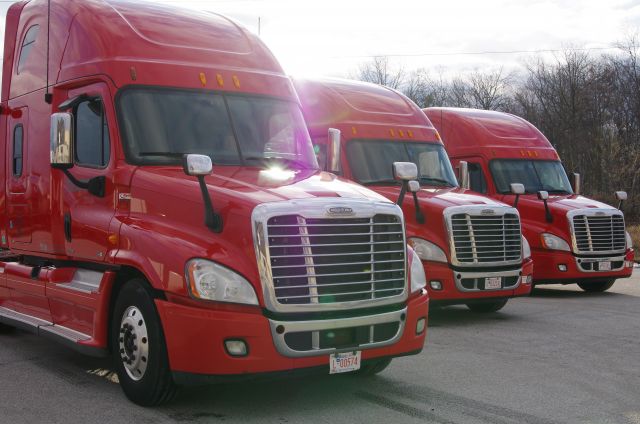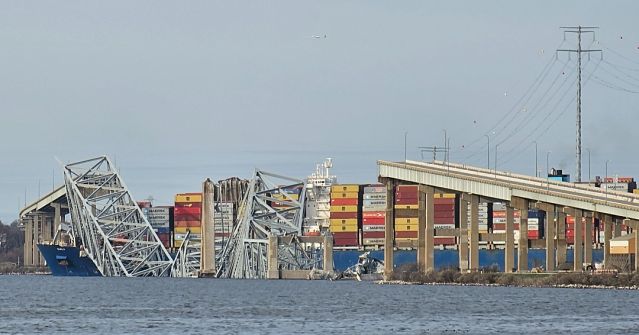This past week, the ELD mandate was implemented in trucks and logistics companies across North America. The next wave was scheduled to begin on December 18, 2017, and industry leaders and professionals are already seeing the impact that this mandate is going to have on the trucking industry as a whole, as well as the opportunities that it can provide in 2018. With the implementation of the ELD mandate, however, comes questions about the current infrastructure and systems that are in place. 2018 is going to have to be a year of change for the trucking industry in the following two areas, to allow it to continue to grow and succeed.
Creating Additional Truck Stops
The truck stop shortage has been a growing issue for over a decade as the number of trucks on the road have increased while the number of truck stops has decreased. As electronic logging devices will force drivers to take additional breaks in order to not exceed the number of allotted work hours available to them each day, the lack of truck stops that are available to them in order to be able to do this, needs to be addressed quickly.
In 2016 a study was conducted by the American Transportation Research Institute that was based around the journal entries of drivers who utilize truck stops on a regular basis. In 2016, parking for commercial drivers and motor carriers was ranked in the top 3 issues facing the trucking industry by those working in the field. Of the 8000 truck drivers who were surveyed, 75% claimed to experience issues finding available parking at night. As drivers now must work in accordance with the ELD mandate, driving through cities in pursuit of a legal place to park is now no longer an option, causing drivers to have to create parking areas for themselves in places that are neither designed nor designated as appropriate for drivers and their rigs.
Studies have shown that several factors are responsible for the decrease in the number of parking spaces. A few causes that were found are;
- Land zoning
- Seasonal weather changes
- Demand due to time of day
- Reserved parking or lack thereof
- Larger parking areas forcing smaller truck stops out of business
- Many truck stops have less than 100 parking spots available
Unfortunately, many of the obstacles preventing companies from building truck stops in high traffic areas are under provincial, state, or government control. This not only complicates matters as there are now additional steps that need to be taken to approach improving this infrastructure, but it proves that the lack of truck stops that are available needs to be addressed by political leaders as well.
As we see more drivers on the roads working within the ELD mandate to meet the demands of the shipper and receivers, there will be more drivers looking for places to rest. With the ELD mandate designed to prevent driver fatigue, a lack of truck stops can undermine this initiative and clutter roadways with rigs that have been unable to find a resting place for the night.
Shipper and Receiver Relationships
The distribution of goods across the world relies on the work of logistics companies, the shippers, and the receivers. For these products to be successfully transported from point A to point B, however, the relationship that exists between these parties must be a positive one. In the recent implementation of the ELD mandate, this is now even more important than ever.
In a DAT survey released in 2016, it found that of 257 carriers and owner-operators, 63% of drivers had been found waiting between 3-4 hours for their rig to be loaded or unloaded. This issue is not new, as there are several companies that are infamous for requiring drivers to wait with their rigs for several hours, before being unloaded and allowed to go on their way. While this was a concern before December 18th, it is now a pressing issue as drivers who are paid by the mile could find themselves earning less income as their allotted hours per day are spent with stationary rigs. This also affects the efficiency of the shipment of products across the country as it could increase the time that is needed for companies and individuals to receive their goods.
Detention fees, created to compensate drivers if they are forced to wait longer than the allotted ‘free time’ made available to them, help to mitigate these long wait times but do not eliminate them altogether. While a company may choose to pay fifty to one hundred dollars out of pocket if it has been arranged with the broker, it does not reduce the amount of time spent in transporting the load, or the effect that this has on other customers.
With the ELD mandate now underway, there will need to be regulations put in place to reduce loading and unloading times, not only to save the precious time now available to drivers but to ensure that detention fees do not escalate and affect the bottom line.
While the industry has seen incredible changes in 2017, 2018 needs to be a year of change in order for the ELD mandate to be as effective as it needs to be in preventing driver fatigue and improving work/life balance. We are excited to see how the trucking industry is going to grow and how these pressing issues will be resolved.



